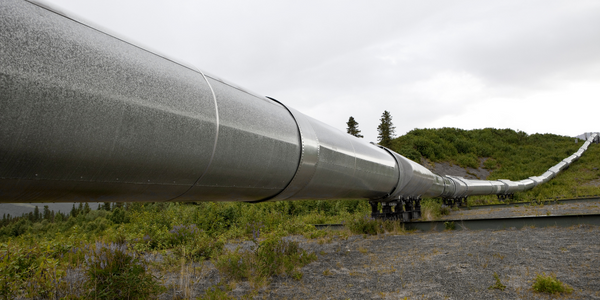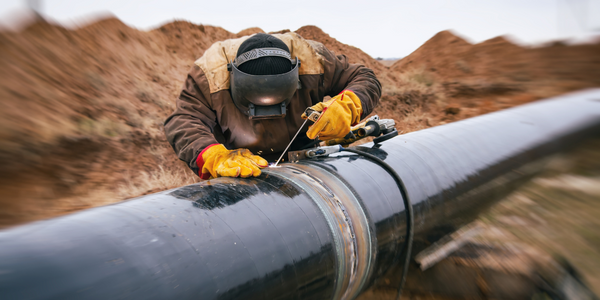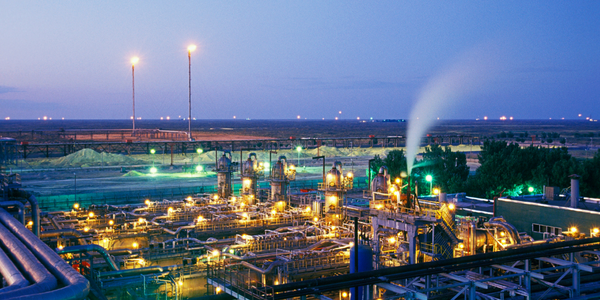Technology Category
- Cybersecurity & Privacy - Intrusion Detection
- Sensors - Temperature Sensors
Applicable Industries
- Marine & Shipping
- Oil & Gas
Applicable Functions
- Product Research & Development
Use Cases
- Behavior & Emotion Tracking
- Structural Health Monitoring
Services
- System Integration
About The Customer
Grupo Especializado en Obras Marinas (GEOMSA) is a major developer of pipe-soil systems in the Gulf of Mexico. With over 18 years of experience in marine platform and submarine platform engineering projects, it designs pipeline routes and assesses the strength of subsea pipeline systems by determining the effect that expansion, lateral wear, and geological shifts have on their life expectancy. The organization specializes in terrestrial pipe and industrial installation projects for hydrocarbon collection and processing. On this multi-million dollar project, GEOMSA was contracted to design and install a piping system that could withstand the forces of a geological shift.
The Challenge
Grupo Especializado en Obras Marinas (GEOMSA), a major developer of pipe-soil systems in the Gulf of Mexico, was faced with the challenge of designing and installing a subsea pipeline system that could withstand the forces of geological shifts. The Gulf of Mexico is known for its active geological faults, which often test the structural integrity of oil production pipeline systems. The project involved designing and installing an 8-inch to 24-inch diameter piping system. The primary objective was to develop a solution that would maintain the reliability and safety of the system. The team needed to evaluate how the pipeline interacted with the surrounding seabed environment and produce a safe, realistic design to reduce the risk of marine pipeline failure, which would severely impact the local environment.
The Solution
GEOMSA used Bentley’s AutoPIPE software to evaluate how the pipeline interacted with the surrounding seabed environment and to produce a safe, realistic design. The software helped identify structural deformities in the pipelines, ground deformities resulting from changes in the pipeline configuration, load concentrations on the fault edges, and pipeline stresses that resulted from changes in its configuration. The technology also determined how the seabed that supports the pipeline would react to any geological shift. The team used AutoPIPE to model the support conditions and analyze how those conditions interacted with the pipeline during a shift. The analysis began with an initial slope at a unit value of 10 centimeters to identify the pipeline’s initial configuration based on the vertical deformity of the seabed. The model displayed the differences by applying a vertical gap in the pipe supports from the site of the fault. The team compared the pipe-stress analysis with what current regulations allowed, and increased the slope of the analysis cycle until it reached the top-end of these regulations.
Operational Impact
Quantitative Benefit

Case Study missing?
Start adding your own!
Register with your work email and create a new case study profile for your business.
Related Case Studies.
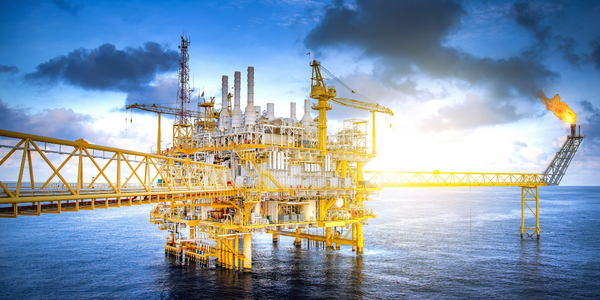
Case Study
Taking Oil and Gas Exploration to the Next Level
DownUnder GeoSolutions (DUG) wanted to increase computing performance by 5 to 10 times to improve seismic processing. The solution must build on current architecture software investments without sacrificing existing software and scale computing without scaling IT infrastructure costs.

Case Study
Remote Wellhead Monitoring
Each wellhead was equipped with various sensors and meters that needed to be monitored and controlled from a central HMI, often miles away from the assets in the field. Redundant solar and wind generators were installed at each wellhead to support the electrical needs of the pumpstations, temperature meters, cameras, and cellular modules. In addition to asset management and remote control capabilities, data logging for remote surveillance and alarm notifications was a key demand from the customer. Terra Ferma’s solution needed to be power efficient, reliable, and capable of supporting high-bandwidth data-feeds. They needed a multi-link cellular connection to a central server that sustained reliable and redundant monitoring and control of flow meters, temperature sensors, power supply, and event-logging; including video and image files. This open-standard network needed to interface with the existing SCADA and proprietary network management software.
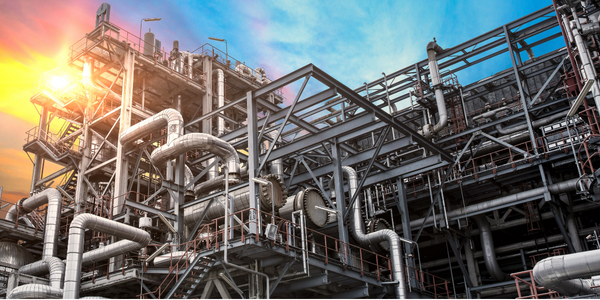
Case Study
Refinery Saves Over $700,000 with Smart Wireless
One of the largest petroleum refineries in the world is equipped to refine various types of crude oil and manufacture various grades of fuel from motor gasoline to Aviation Turbine Fuel. Due to wear and tear, eight hydrogen valves in each refinery were leaking, and each cost $1800 per ton of hydrogen vented. The plant also had leakage on nearly 30 flare control hydrocarbon valves. The refinery wanted a continuous, online monitoring system that could catch leaks early, minimize hydrogen and hydrocarbon production losses, and improve safety for maintenance.







